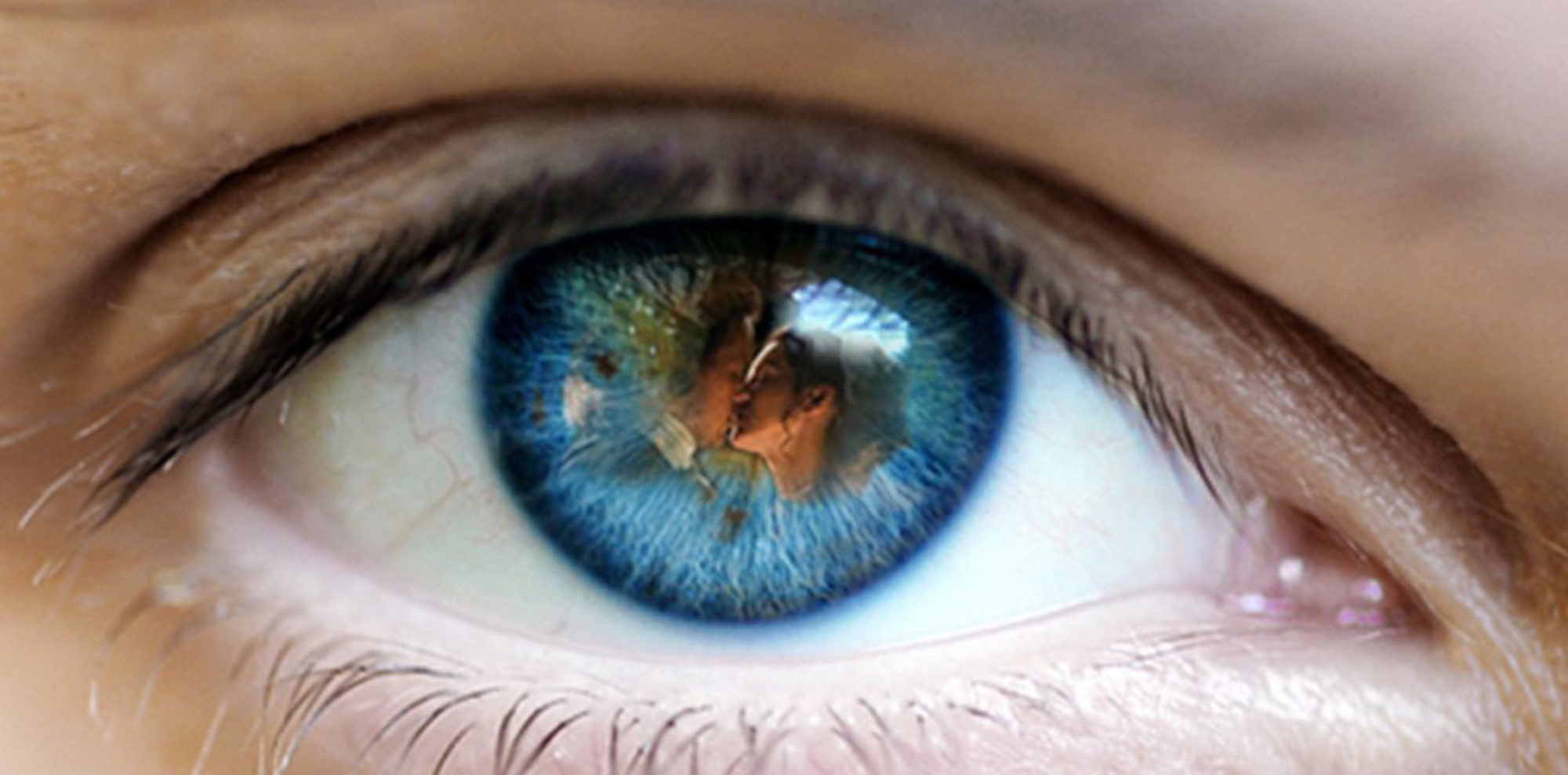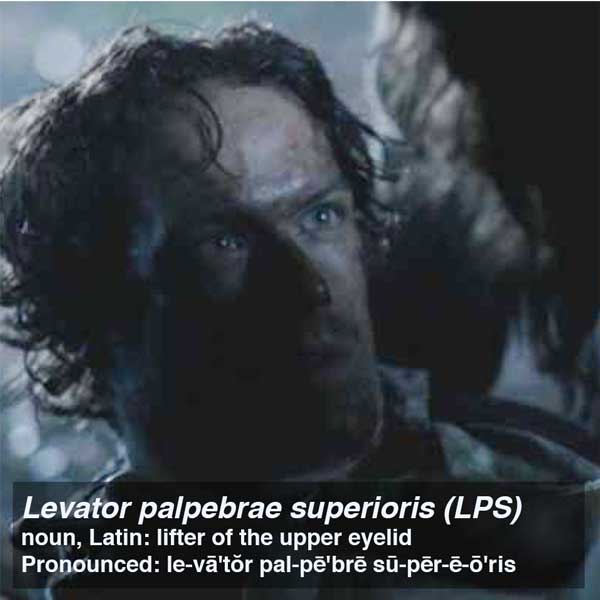
Anatomy def: prominent spine of seventh cervical vertebrae at base of neck.
Outlander def: wee bonny bone at back of the neck; perfect for Jamie’s caresses.
Learn about vertebra prominens in Anatomy Lesson #12, “Claire’s Neck” or “The Ivory Tower.”
Read about Claire’s neck in Outlander book…Jamie has a fondness for Claire’s neck:
But Jamie was not quite finished…ignoring Dougal’s fuming, he drew a short string of white beads from his sporran. He stepped forward and fastened the necklace around my neck. Looking down, I could see it was a string of small baroque pearls, those irregularly shaped productions of freshwater mussels, interspersed with tiny pierced-work gold roundels. Smaller pearls dangled from the gold beads. “They’re only Scotch pearls,” he said, apologetically, “but they look bonny on you.” His fingers lingered a moment on my neck.
and again…..
“Aye,” he said thoughtfully. “There may be. That’s why Dougal waited up for me; he’s had some news.” “Really? What sort?” I turned my head to look up at him again; the movement brought my ear within reach of his fingers, and he began to stroke lightly around it, making me want to arch my neck and purr like a cat. I repressed the impulse, though, in favor of finding out what he meant to do.
See Claire’s vertebra prominens as she ponders Davie Beaton’s recipe for headache “take ye one ball of horse dung”….Ugh! (Starz episode 103, The Way Out).
A deeply grateful,
Outlander Anatomist


